Detecting urban typology from multispectral satellite imagery using neural networks
|
|
|
|
|
|
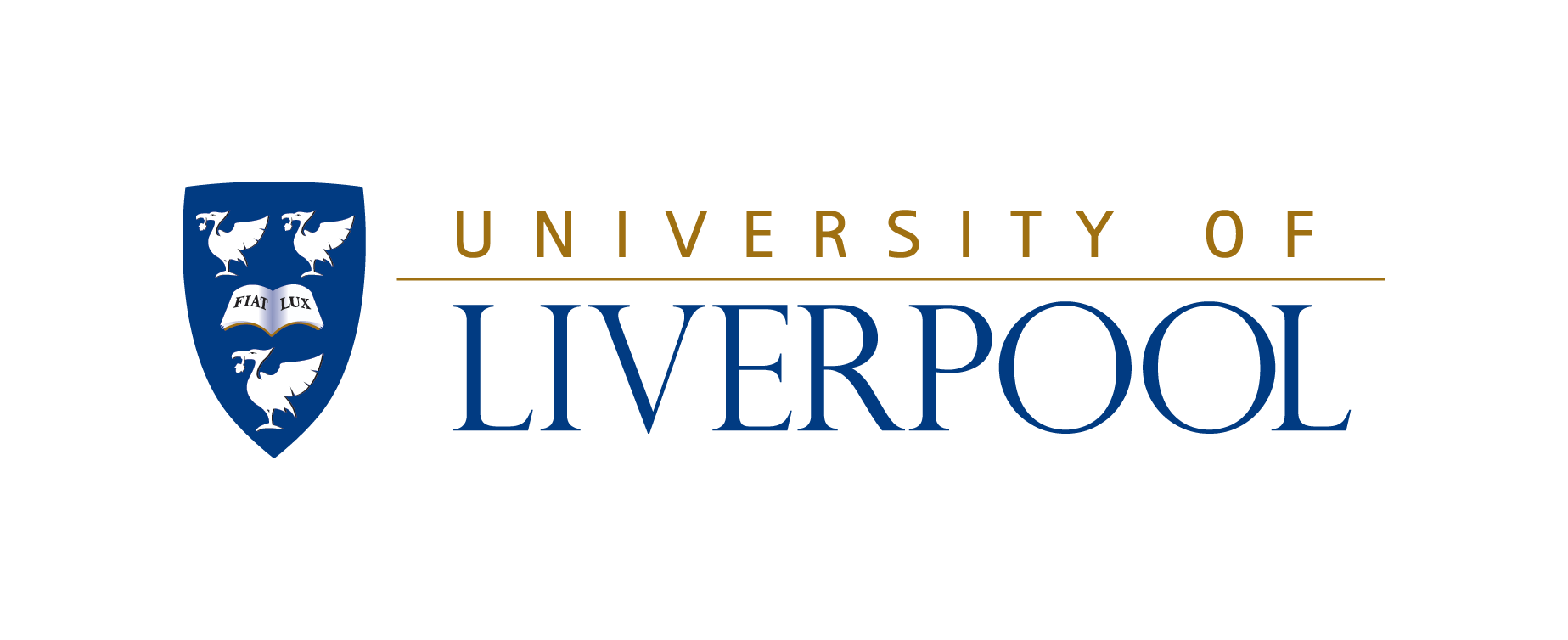
|
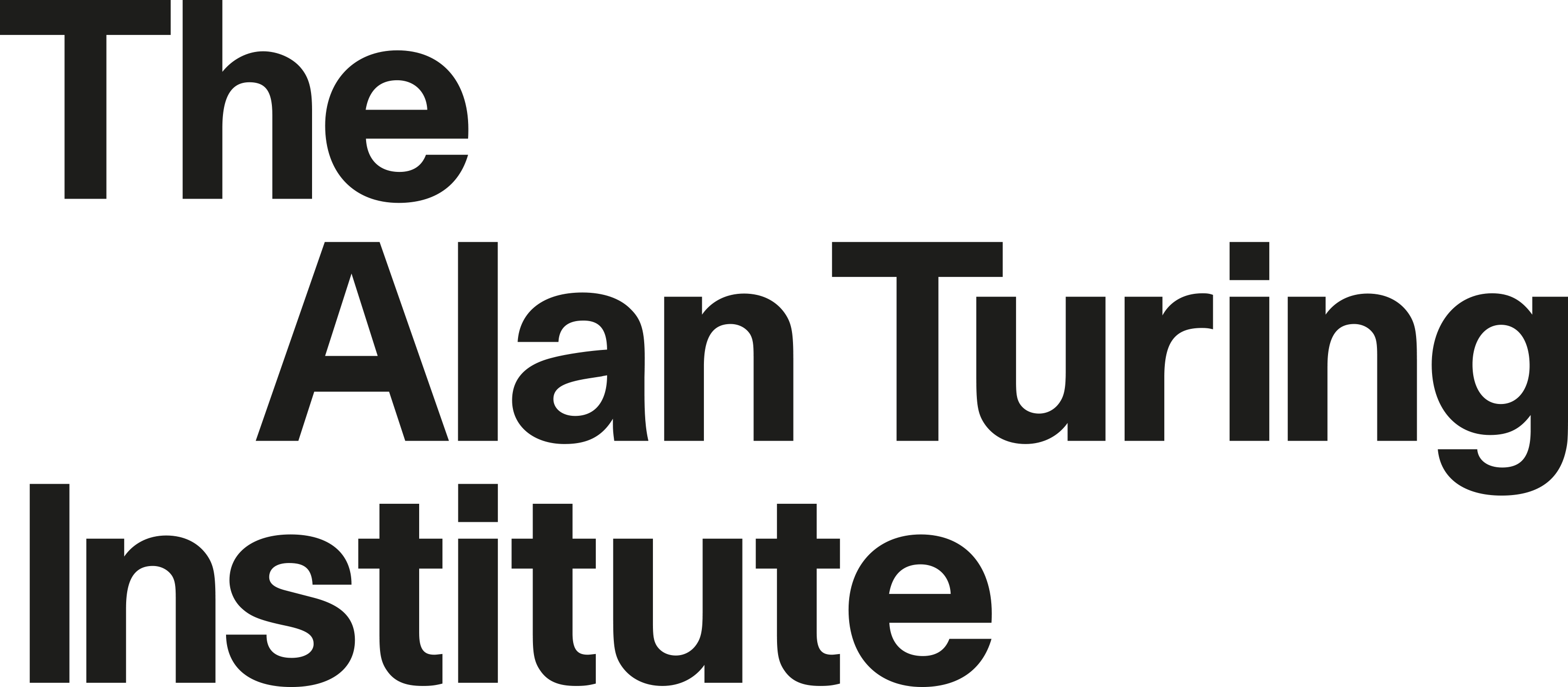
|
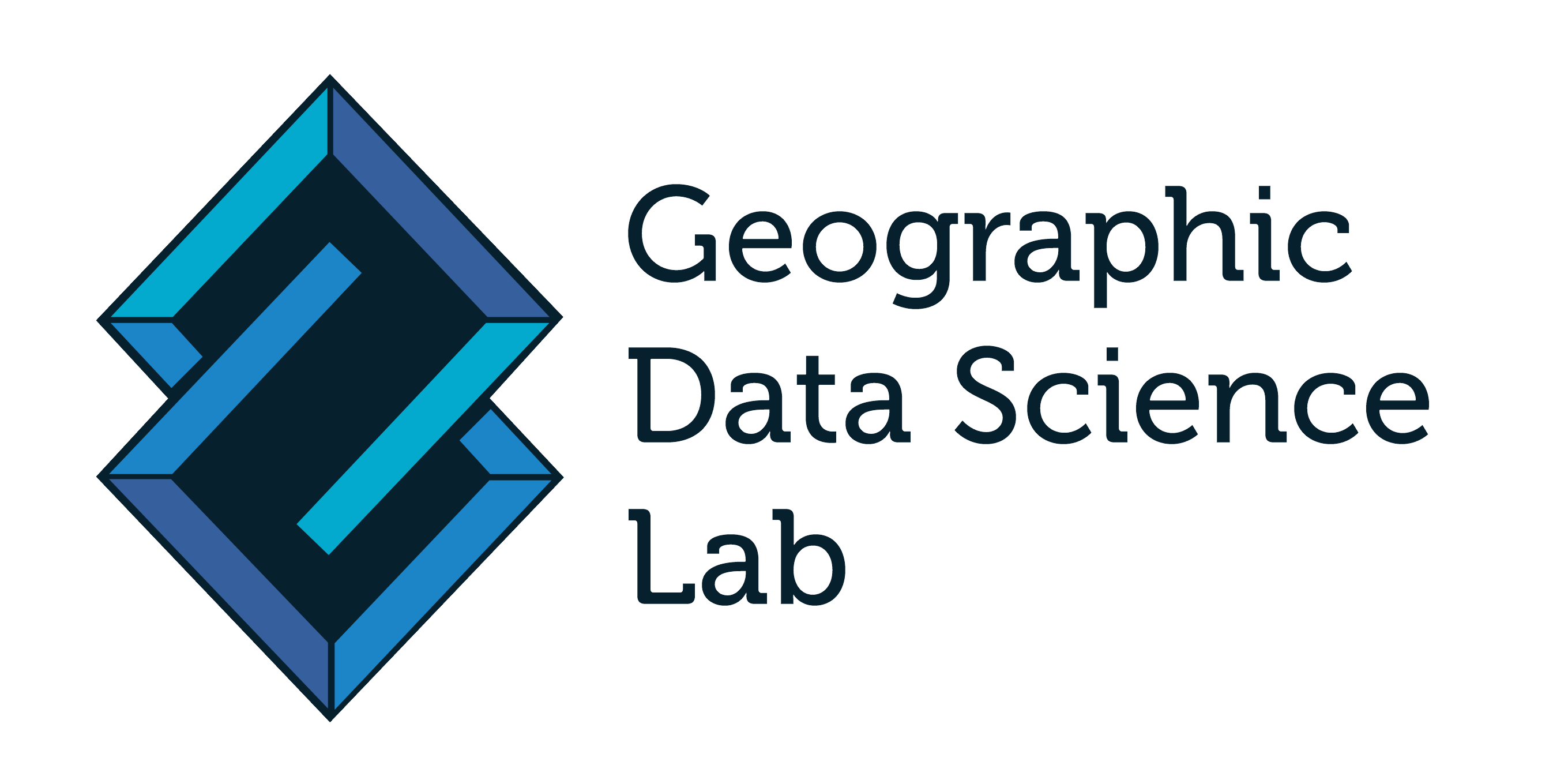
|
The data
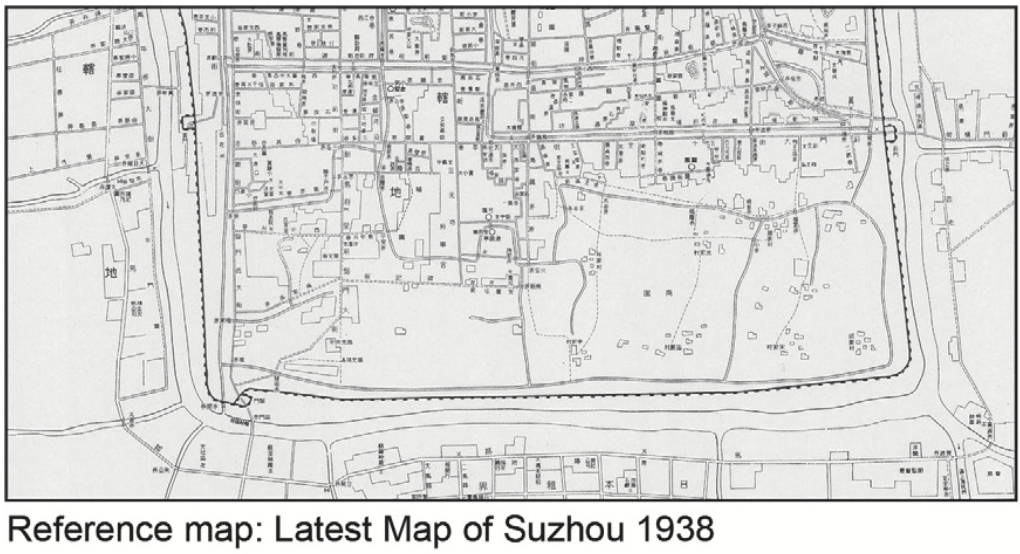 Fu et al. (2022)
Fu et al. (2022)
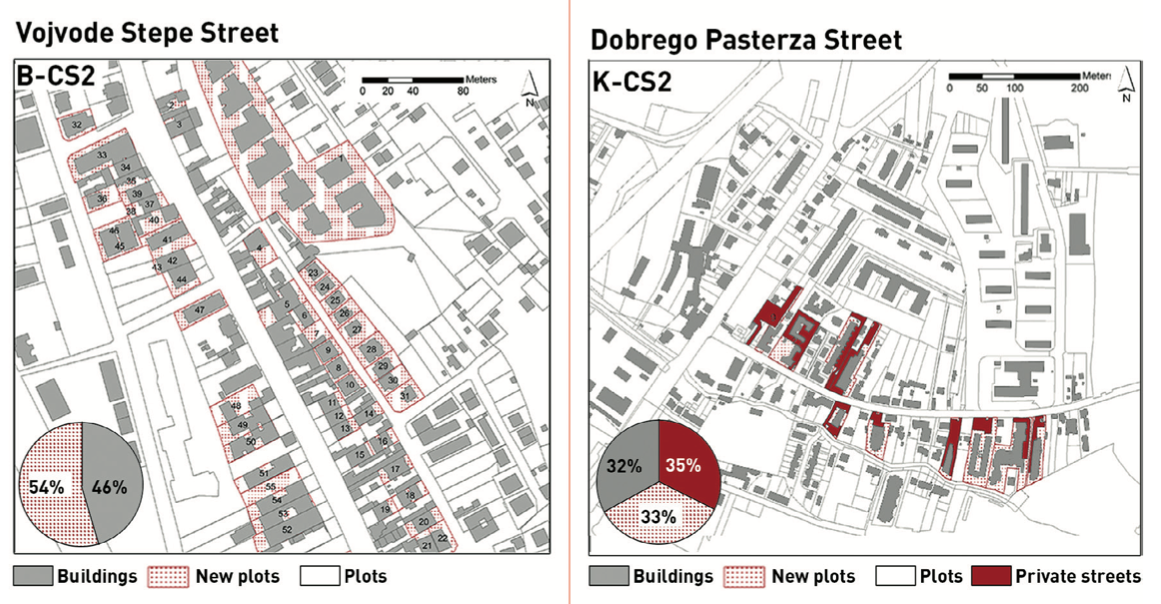 Kantarek et al. (2022)
Kantarek et al. (2022)
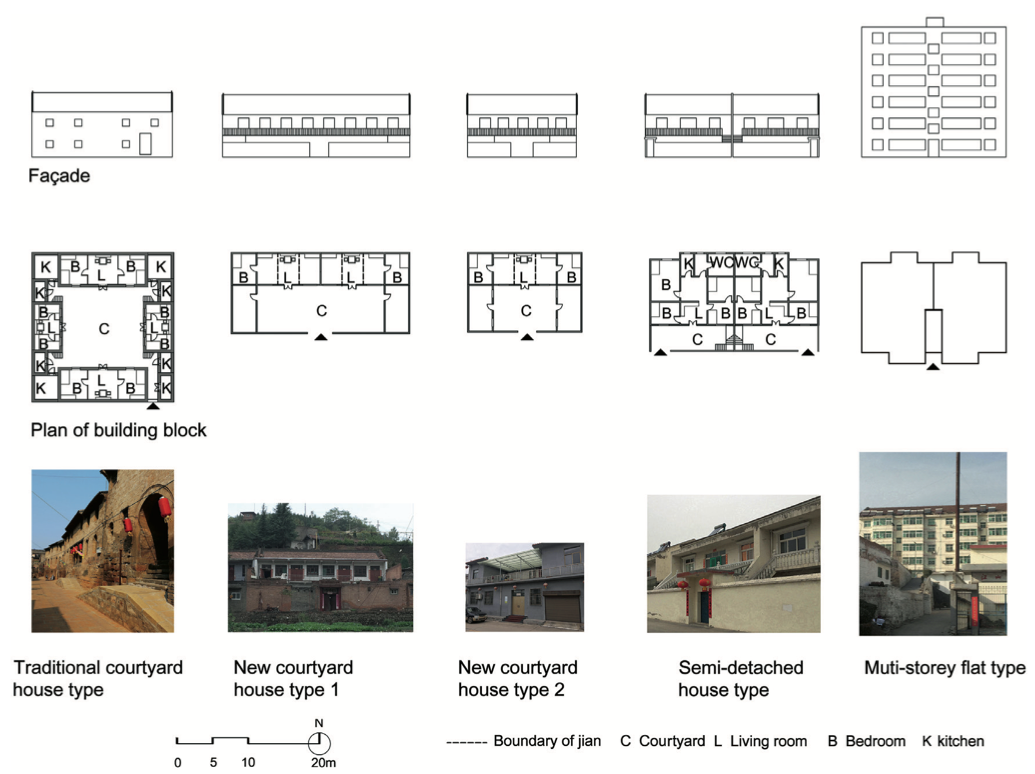 Guo and Ding (2021)
Guo and Ding (2021)
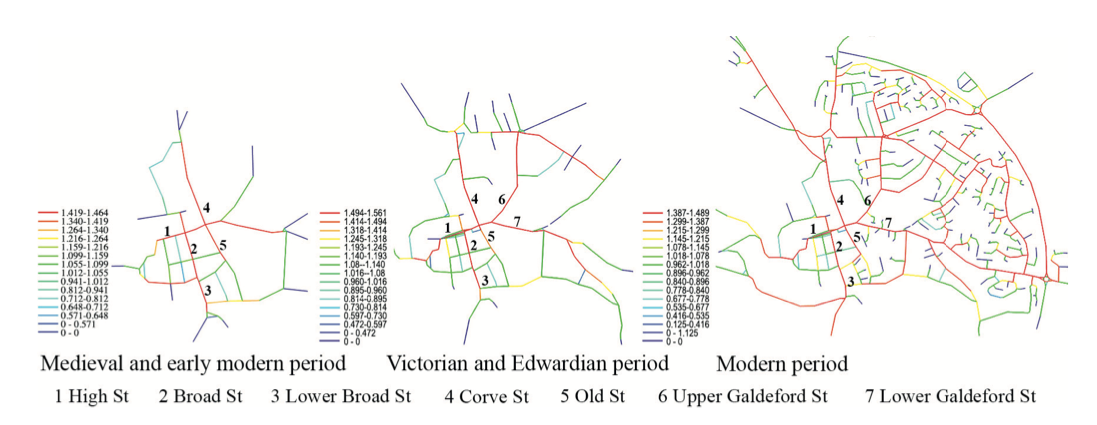 Li and Zhang (2021)
Li and Zhang (2021)
The issue
- availability
- reliability
- processing demands
The issue
The solution (?)
🛰
Sentinel 2

Morphology and imagery
- supervised methods
- unsupervised methods
Predicting Spatial Signatures
Spatial Signatures
What do we want to do?
Chip size effect
80x80m: 13760 chips, which is 74 % of maximum
160x160m: 2718 chips within, which is 57 % of maximum
320x320m: 423 chips within, which is 35 % of maximum
640x640m: 38 chips within, which is 13 % of maximum
320x320m, chips capturing the proportion (100% of maximum)
Predicted class (320x320m)
Wild countryside (320x320m)
Urbanity (320x320m)
Still work in progress
Estimating generalized measures of local neighbourhood context
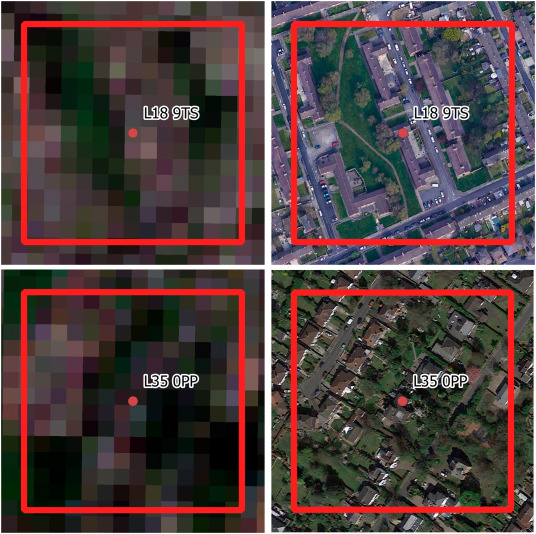
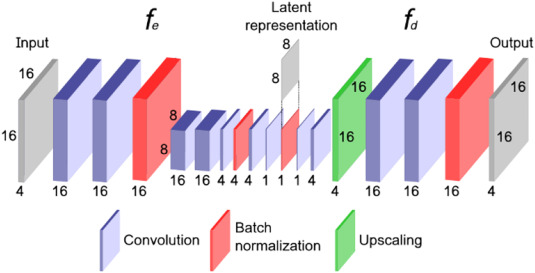

The takeaway
- We are limited by the data we are used to
- Can satellite imagery and AI resolve it?
- Probably not. Not all of it and not yet.
Detecting urban typology from multispectral satellite imagery using neural networks
|
|
|
|
|
|

|

|

|